Photo


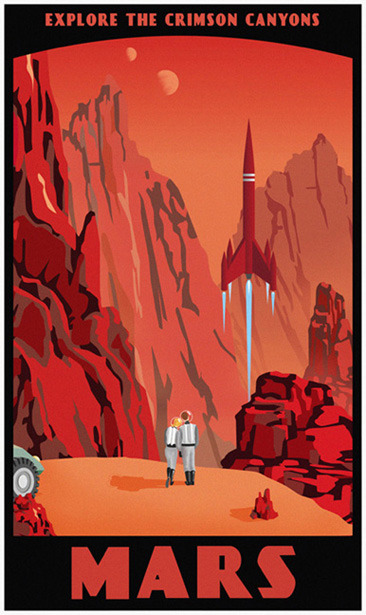
the intergalactic travel bureau
65 notes
·
View notes
Photo


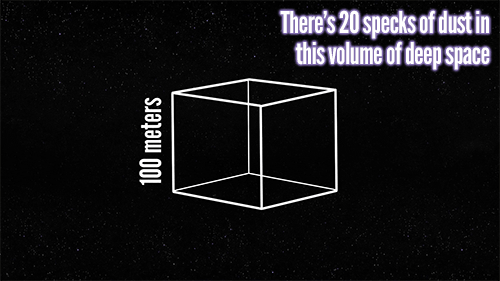

Dust is pretty amazing stuff.
Check out more dusty science in this week’s It’s Okay To Be Smart:
(Apologies for not including dusts of the pixie, angel, and bowl varieties in the video)
965 notes
·
View notes
Photo
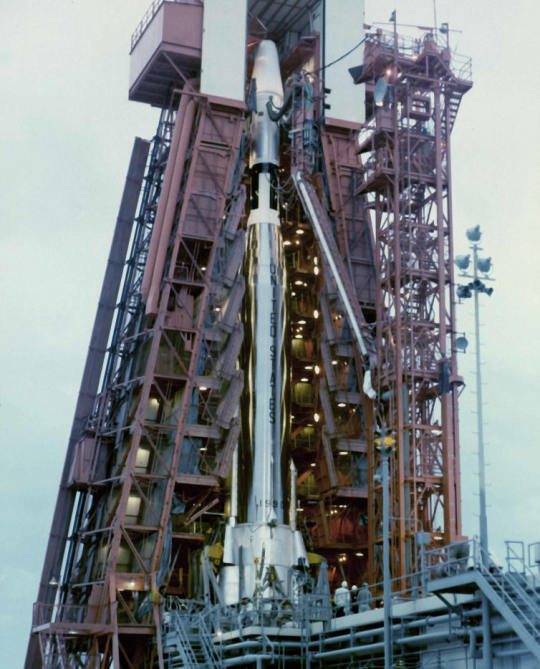
An Atlas rocket at Cape Canaveral on January 30, 1964. (Siloworld)
130 notes
·
View notes
Photo

Space Shuttle Main Engine (SSME)
Originally built by Rocketdyne in Canoga Park, California, the space shuttle main engines (SSMEs) worked together with the solid rocket boosters to push the shuttle from launch pad to orbit. Powered by liquid hydrogen and liquid oxygen from the large, orange external tank, the three SSMEs propelled the shuttle with over one and a half million pounds of thrust. When the SSMEs finished firing eight and a half minutes after launch, their work for the entire shuttle mission was done. The external tank that fed propellants to the SSMEs detached from the orbiter and fell into the ocean.
After the orbiter’s return to Earth, the SSMEs were removed for service. Because the SSMEs could be swapped between orbiters, NASA maintained nine engines ready to fly on any launch day—three for the shuttle to be launched, three for an alternate orbiter in case a rescue mission was needed, and three to use as spares. A total of 51 SSMEs flew over the course of the shuttle program—35 of them on Endeavour.
Because the SSMEs are still the most advanced, efficient large rocket engine in the world, NASA plans to reuse the SSMEs on the Space Launch System, which will push space travel beyond Earth orbit and out into the solar system.
Fun Facts:
The energy released by three SSMEs is equal to the output of 13 Hoover Dams.
If water were pumped through the SSMEs instead of fuel, the three engines could drain an average family-sized swimming pool in 25 seconds.
Because the propellants for the SSMEs are hydrogen and oxygen, when they combust in the engine the only exhaust is water
Credit: NASA
607 notes
·
View notes
Photo
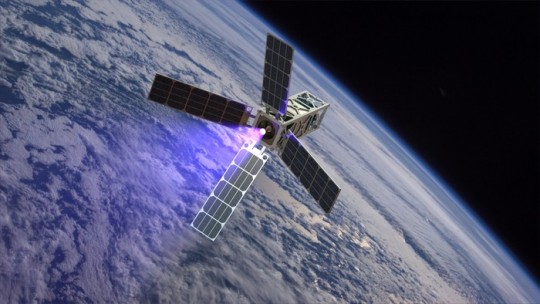
Tiny Robotic Cubes Could Rule the Solar System
Loaf of bread-sized cubesats equipped with a pretty nifty micro ion drive? Why not! But could it be a space exploration game changer? Possibly.
244 notes
·
View notes
Photo
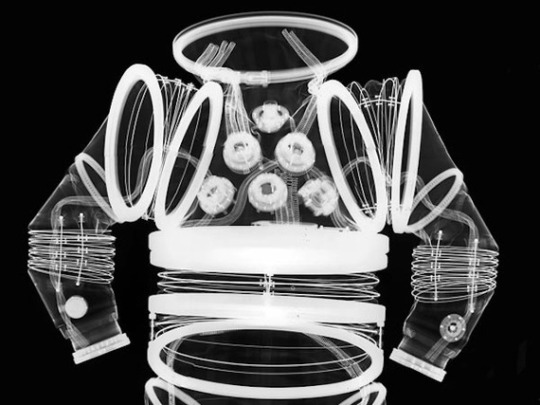
Behold, the Innards of a Spacesuit
Ever wondered what the inside of a spacesuit looks like? Neither had I, really. Last week, however, the world had reason to consider the inner workings of the garment that my new favorite site on all the Internet refers to as the ���space costume.” A suit malfunction occurred nearly two hours into a planned six-hour space walk, causing NASA first to abruptly abort the walk and second to begin examining what might have caused a space suit — a high-tech spaceship for one — to spring a leak.
Read more. [Image: Mark Avino and Roland H. Cunningham, Smithsonian Institution]
1K notes
·
View notes
Photo
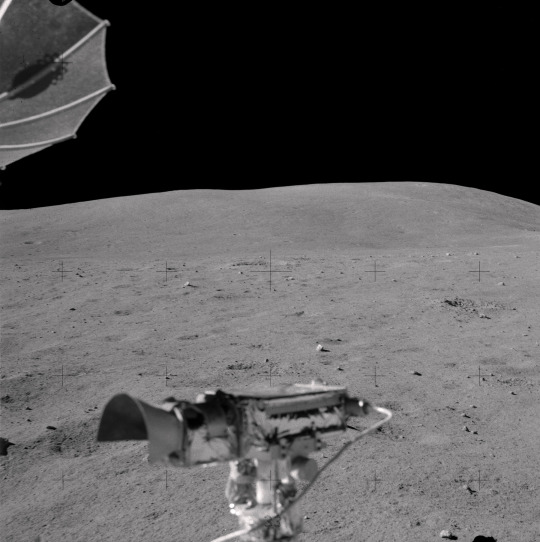

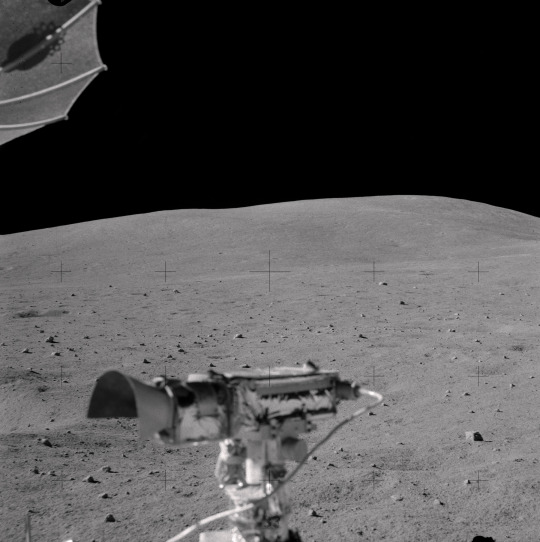
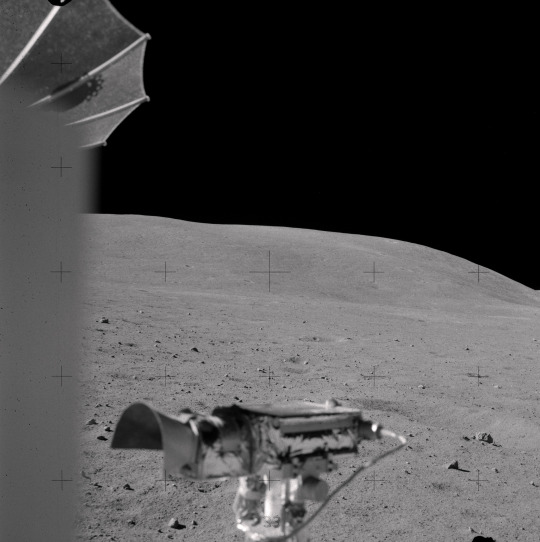

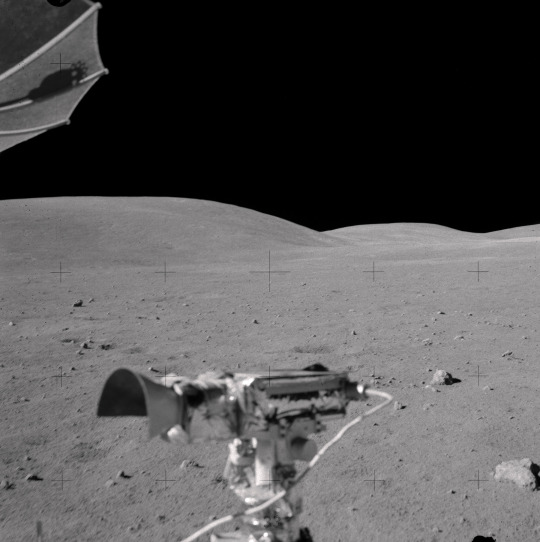
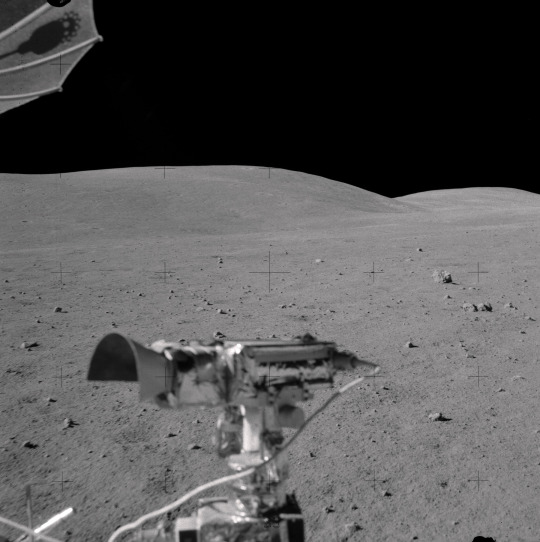
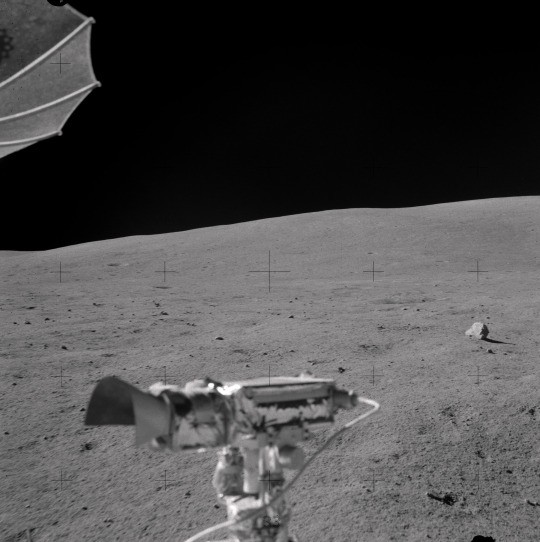
Apollo 16 astronaut Charlie Duke takes a series of photos as he traverses the surface of the Moon in the lunar rover during the second EVA of the mission, 22 April 1972. (NASA)
24 notes
·
View notes
Photo


Building robots to land on Saturn’s moons
Landing an unmanned robot on another planet can be quite a feat and can end up being quite a complex process. Scientists want to make this process easier but also allow us to explore worlds that are currently too difficult to land on.
UC Berkeley professor Alice Agogino is working with doctoral students to build what are known as tensegrity robots. Essentially, these are robots built with a series of rods and tension wires that protect the delicate scientific instruments in the middle.
The structure allows for both flexibility and strength while navigating a rugged environment — for example, landing on a planet’s rocky surface. These robots can explore places that are currently inaccessible to wheeled rovers such as rocky cliffs, which are rich in geological data due to the exposed rock.
Currently, NASA researchers are working on a prototype to one day land on places such as Titan - one of Saturn’s moons. Scientists are interested in this moon because it has a thick atmosphere with flowing liquids on the surface and is often referred to being the most earthlike world in our solar system.
Read more about this technology →
1K notes
·
View notes
Photo
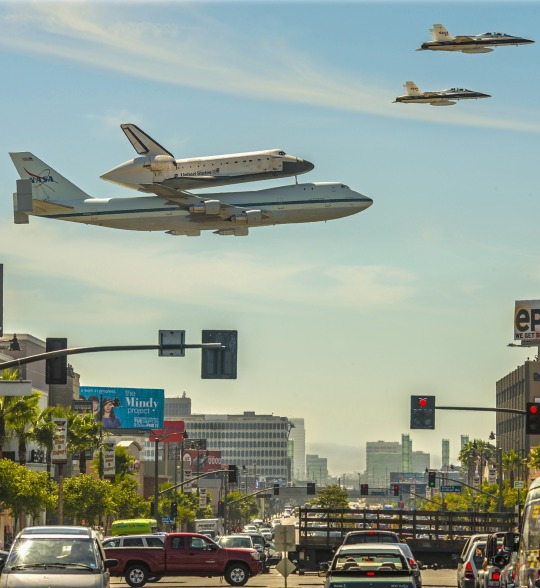
A Space Shuttle Over Los Angeles September 2012
Image Credit & Copyright: Stephen Confer
2K notes
·
View notes
Photo


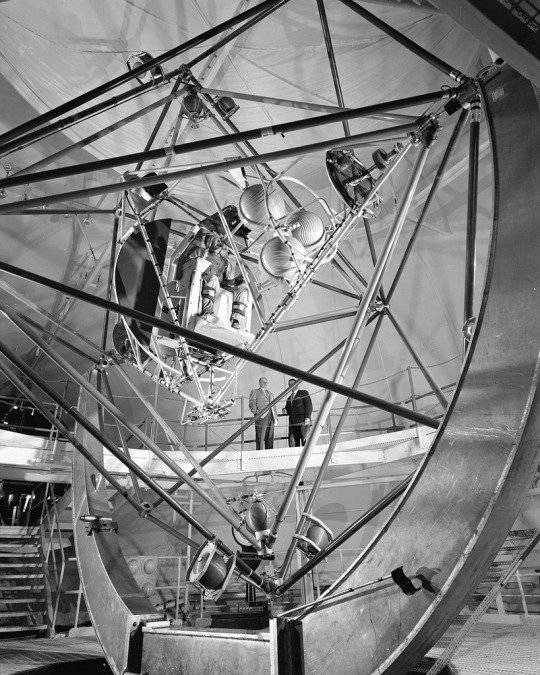
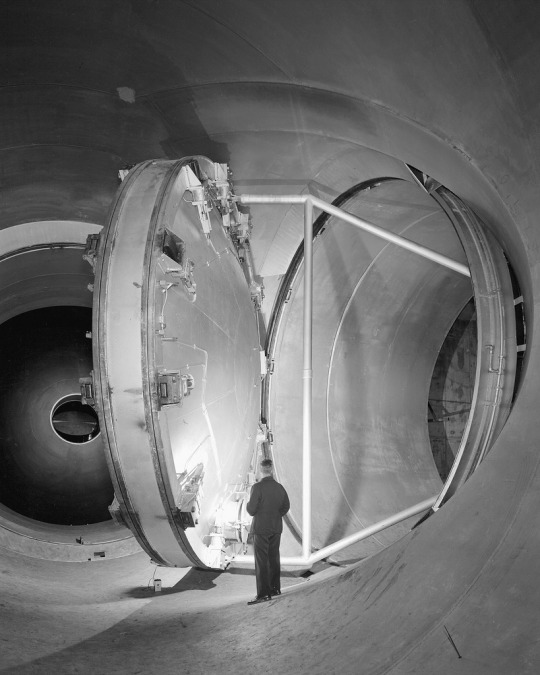

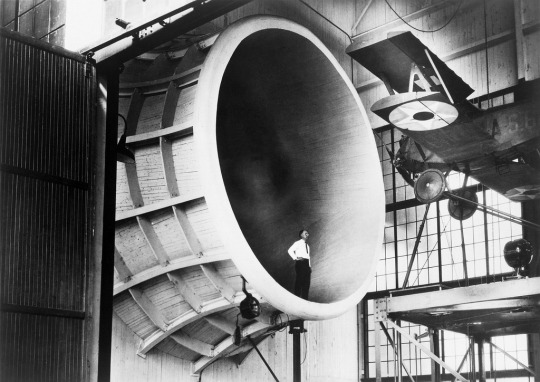

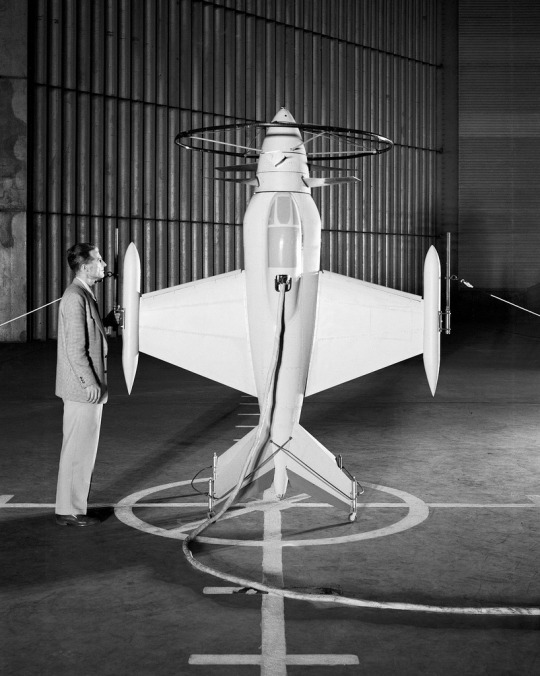

Some of the amazing photos from NASA’s labs that can be found in their online archives.
441 notes
·
View notes
Photo
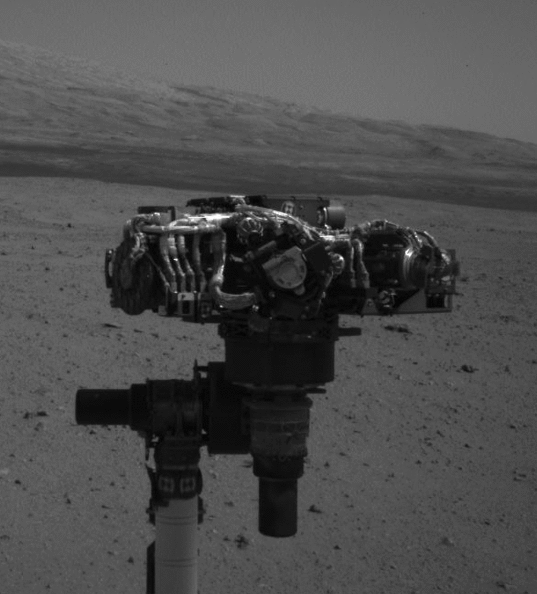
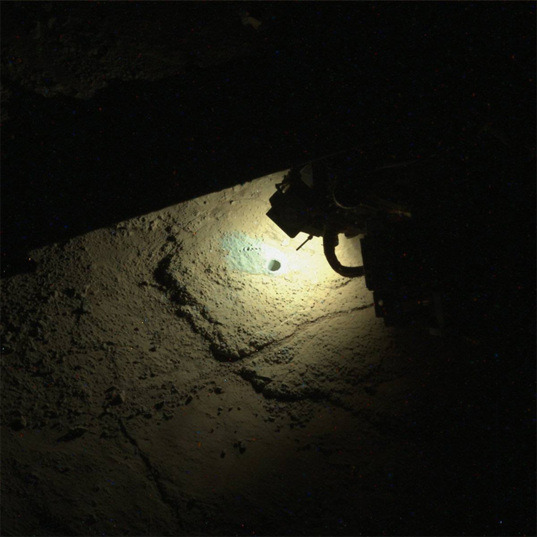
Working the night shift on Mars, the Curiosity rover gives us a wink from the LEDs attached to its MAHLI sample analysis arm, and drills a hole in pitch darkness in these images from June 2.
We’re used to seeing the rusty Martian surface bathed in light from the sun, but like every other planet that orbits on its axis, Mars experiences both day and night. And because of the oddities of what a “day” is on Earth and Mars, the rover has to pull some night shifts.
One sol, or Martian solar day, takes roughly 24 hours and 39 minutes (although that’s not the only way to define a day). Ground controllers on Earth must match their schedule to the Martian day, their workday offset from Earth’s by nearly 40 minutes every day. This means they gradually show up later and later to work every day from our perspective, their Martian watches set to a different rhythm. Every 36.5 days, Earth’s and Mars’ day/night cycle meets up, a “day” apart.
Bonus: If you’ve got the “time”, check out the story of a master watchmaker who created a timepiece for the Martian day.
Learn more at Planetary Society.
223 notes
·
View notes
Photo
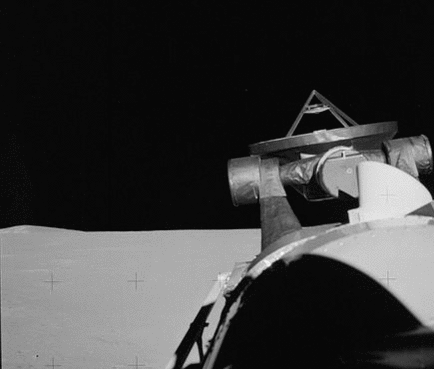
The moon, photographed by either David Scott or James Irwin near the landing site of Apollo 15, July 1971. (Mission-roll-frame AS15-85-11354ff.)
3K notes
·
View notes
Photo
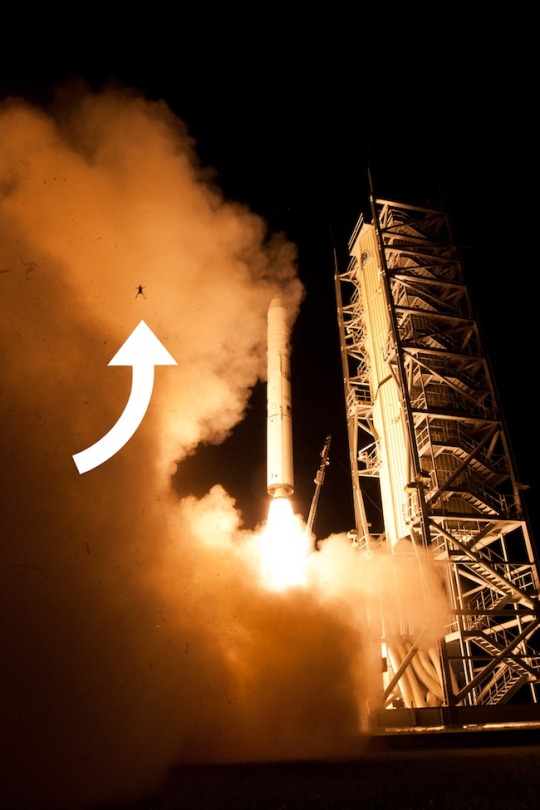
The Frog That Got Caught In the Crossfire of a Rocket Launch
On Friday evening, NASA’s Minotaur V rocket blasted off from its launchpad at a spaceport in Virginia, carrying the LADEE spacecraft on the first leg of its trip from Earth to the moon. The scene that resulted was fiery. It was inspiring. It was epic.
It was also, however, not without its casualties.
The picture above, captured on Friday by one of the remote cameras NASA had set up for the big launch, captured a creature that found itself, alas, caught in the crossfire of humanity’s drive to explore: a frog. A very unfortunate frog. Launch pads, you see, are generally built near marshes and ponds whose water can absorb the flames of a rocket’s ignition. And this little guy was in the wrong place at the very, very wrong time.
Read more. [Image: NASA/Wallops/Mid-Atlantic Regional Spaceport]
27K notes
·
View notes
Photo
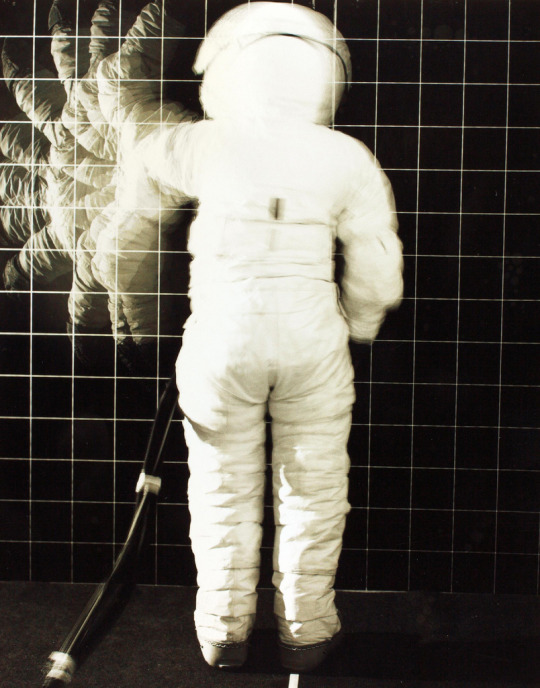



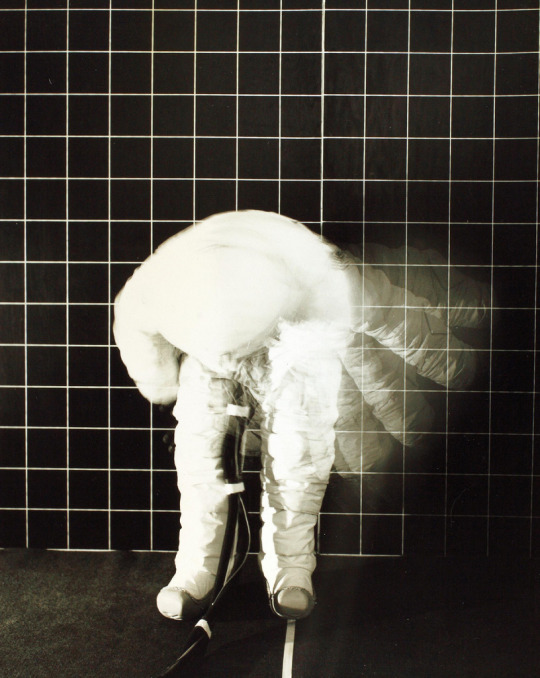


These vintage NASA space suit test photos from the San Diego Air and Science Museum Archive on Flickr look like they could have been shot on the set of a music video.
3K notes
·
View notes
Photo

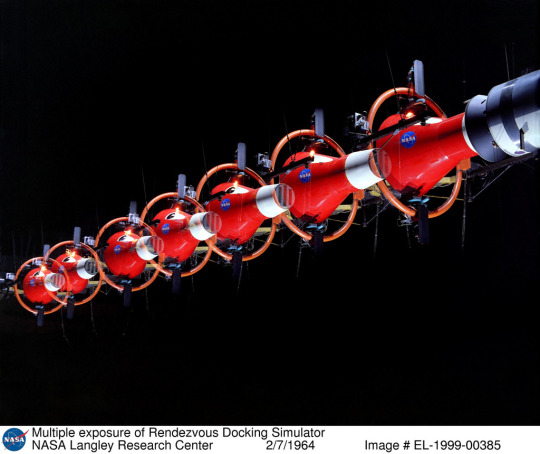
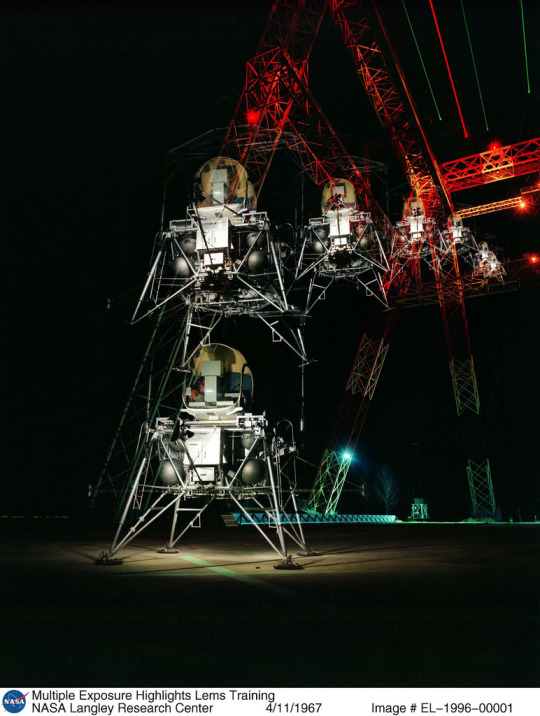

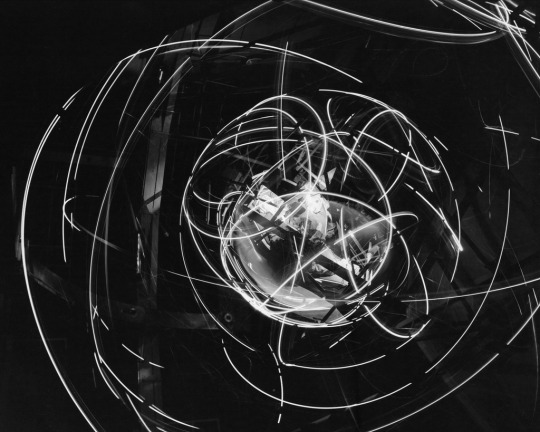

Extended Exposure: A sampling of long-exposure and multiple-exposure photography from NASA. Take a long look.
992 notes
·
View notes
Photo
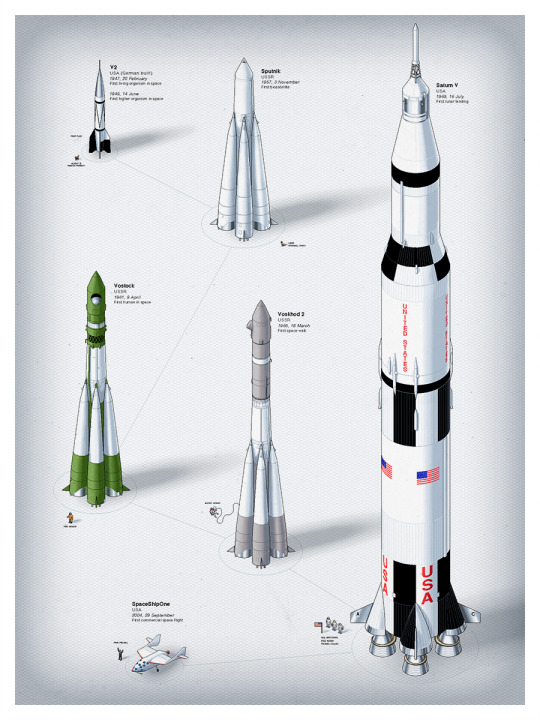

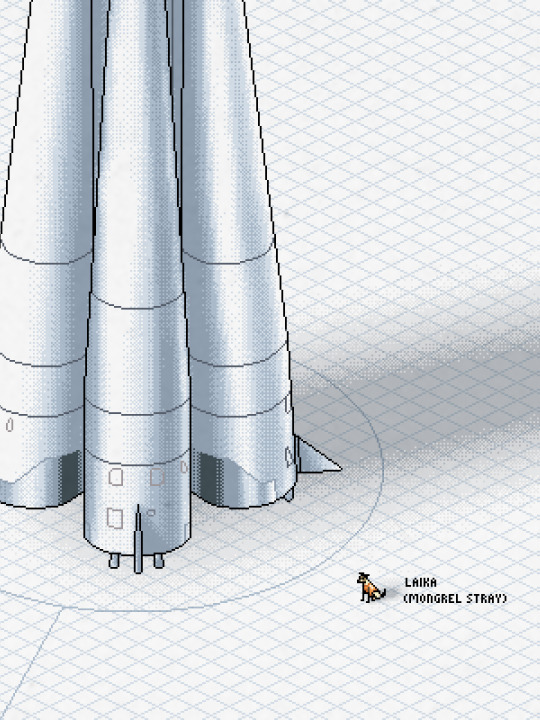
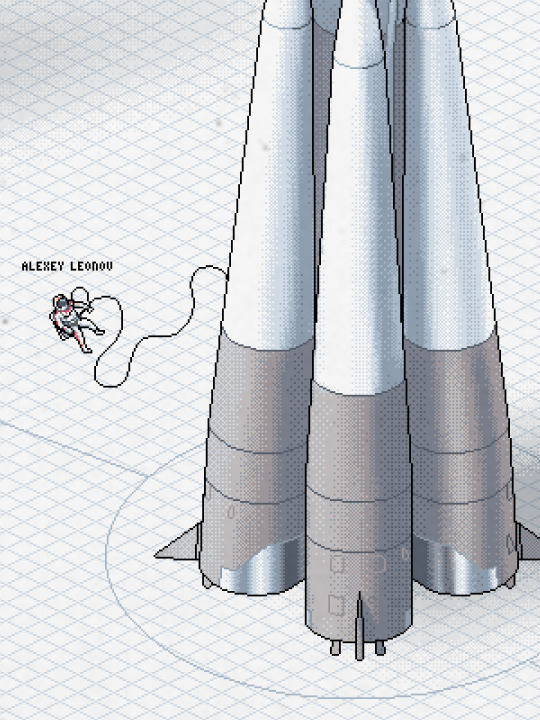
Sky Rockets in Flight
Here’s a look at what I did for SPACE! A Gallery Show at Gallery 1988, opening 21st June, organised and curated by my bud Mike Mitchell.
Look closely! It’s an isometric pixel drawing of iconic space rockets and their occupants. I was careful to do it to scale to give you an impression of how big each one would have been. I love space!
2K notes
·
View notes
Photo

Things I learned today: There is art on the moon.
Fallen Astronaut is the name of the small metal sculpture you see above, created by Belgian artist Paul Van Hoeydonck. It was placed on the lunar surface by Apollo 15 astronaut David Scott, along with a plaque that Scott designed, to commemorate the fallen astronauts and cosmonauts whose sacrifice helped get Scott and his fellow Apollo…-atians(?) safely to the moon and back.
Of course it wasn’t without controversy. Corey S. Powell and Laurie Gwen Shapiro have the story at Slate.
2K notes
·
View notes